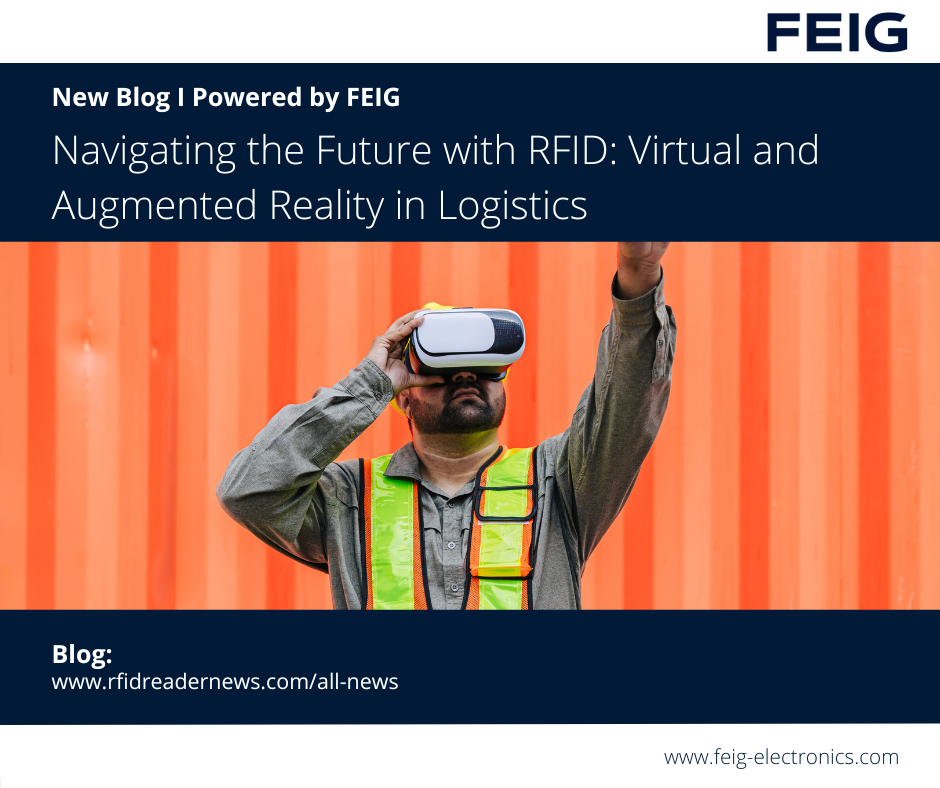
In the fast-paced world of logistics, efficiency and safety are paramount. With the advent of virtual reality (VR) and augmented reality (AR), industries are finding innovative ways to revolutionize training, streamline processes, and enhance overall performance. Let’s explore how these immersive technologies are reshaping the logistics landscape.
Training employees in logistics often involves high-risk scenarios and complex equipment handling. VR offers a solution by providing immersive, true-to-life simulations without the need for expensive equipment or physical instructors. By replicating warehouse environments and emergencies, VR training modules enable employees to learn and practice safety protocols in a risk-free virtual space.
One significant challenge in VR training is accurately tracking the user’s movements within the virtual environment. This is where Radio-Frequency Identification (RFID) technology comes into play. Systems can precisely monitor the user’s location and actions by integrating RFID tags into VR headsets or wearable devices and strategically placing RFID readers throughout the training area. This real-time tracking ensures that simulations respond dynamically to the user’s movements, enhancing the training experience and reinforcing proper procedures.
Augmented reality overlays digital information onto the physical world, making it a valuable tool for optimizing warehouse operations. AR applications provide warehouse staff instant access to crucial data directly within their field of view, such as item locations, optimal routes, and handling instructions.
Imagine a warehouse worker needing to locate a specific item in a vast storage facility. AR-enabled devices can receive visual cues directing them to the item’s exact location, minimizing search time and reducing errors. Furthermore, AR can assist in load management by indicating the weight capacity of pallets and providing guidance on placement for optimal balance and safety.
Similar to VR, RFID technology is vital in enabling indoor navigation for AR applications. By affixing RFID tags to inventory items and equipping AR devices with RFID readers, warehouses can accurately track the movement of goods and personnel in real-time. This seamless integration of RFID and AR empowers workers with enhanced situational awareness, facilitating smoother operations and quicker decision-making.
RFID technology is a linchpin in the convergence of VR and AR with logistics operations. By tagging objects and equipment with RFID chips, businesses can create a digital ecosystem where every asset is tracked and managed precisely. Whether in VR simulations or AR-enhanced workflows, RFID enables seamless communication between the physical and virtual realms, driving efficiency, safety, and productivity.
In conclusion, virtual reality and augmented reality are transforming the logistics industry by revolutionizing training methodologies, optimizing warehouse operations, and enhancing overall efficiency. With RFID technology as a foundational element, these immersive technologies are poised to shape the future of logistics, creating more intelligent, safer, and more agile supply chains.
In the ever-evolving logistics landscape, embracing VR, AR, and RFID isn’t just about staying ahead of the curve – it’s about redefining what’s possible in the pursuit of excellence.
Session expired
Please log in again. The login page will open in a new tab. After logging in you can close it and return to this page.